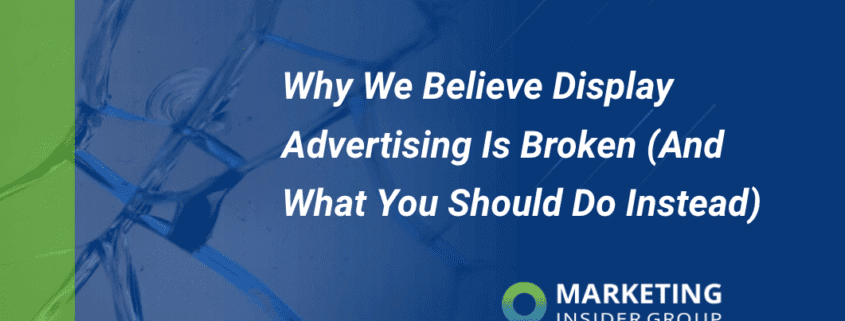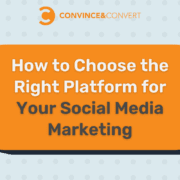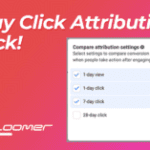Why We Believe Display Advertising Is Broken (And What You Should Do Instead)
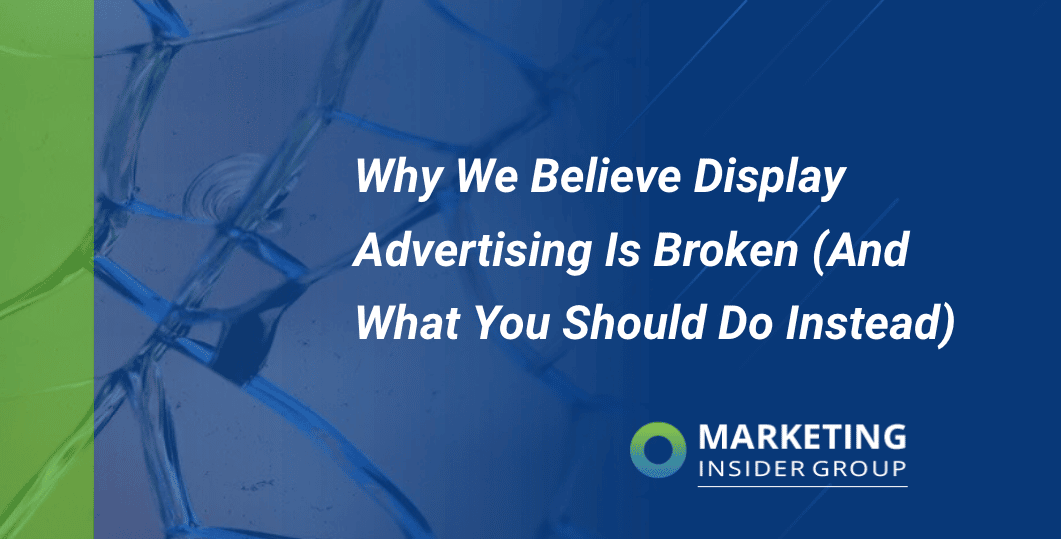
More than a third of global internet users now use ad blockers online, and more than half of people over age 35 use them, according to the latest figures.
Consumers are going out of their way to avoid the content they do not want or need. In an increasingly ad-free world, brands who continue to push for display advertising that interrupts the content experience, and believing that this will work on consumers, will want to rethink their marketing strategy.
This according to a media agency CEO who has worked in the digital ad industry for more than 2 decades, on both the client and agency side.
Are Banner Ads Just a Zombie Marketing Tactic
They just won’t die will they? I was once asked for my view on which marketing tactic is like “The Walking Dead” of marketing.
It was Halloween theme and obviously during the run of that popular streaming hit. I was honored to be included on the list of contributors along with amazing thought leaders in marketing like my good friends Ann Handley, Joe Pulizzi, Doug Kessler, Neil Patel and more.
They suggested some outdated marketing tactics including over-promotion, quantity over quality and a lack of courage. And those are all good ones. My advice of which marketing tactic was a zombie relic like the walking dead: banner ads!
Why banner ads need to die once and for all: They simply don’t work. Or as I love to say, Banners have 99 problems and a click ain’t one!
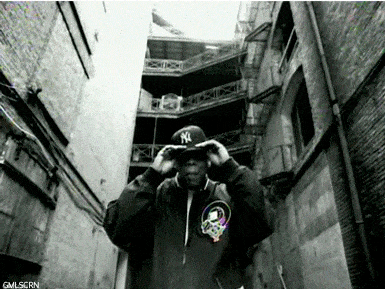
Why?
- Your customers ignore them.
- Your future customers might hate you for interrupting their content experiences.
- The only reason spending on banner advertising is not dying faster is because marketers are still shifting money from traditional marketing (print, radio, TV) to digital formats.
- Click through rates on banners are less than .1% (0.06% is the average) in most industries.
- Eye-tracking studies show that everyone ignores them so even for branding and awareness, this tactic is hard to justify.
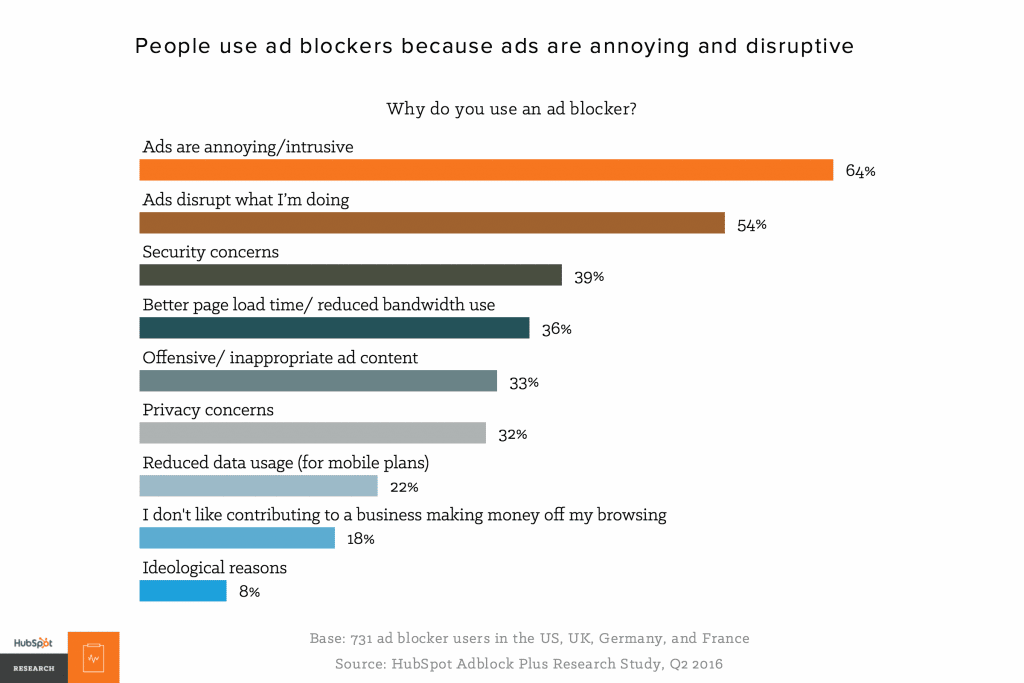
What If We Created Marketing People Actually Want?
I love to talk abouit the compounding power of content marketing. Here’s how it works. You create a piece of content people like. Google decides to give you some organic search rankings for that piece of content. Great job!
A few weeks and months and years later, you still get traffic from that article. Now imagine that happened every week for 5 years or 10? That’s what content marketing does. It gives you a compounding rate of return: the results you get from the dollar (or time) you spent 5 years ago is still providing value today.
This is unlike advertising, where the moment you stop spending, any value you get goes to zero. If you want more info, check out this video I dod recently on the compounding power of content marketing.
Why Banner Ads Are So Bad
A few years back, I found these interesting points about how bad banner ads are:
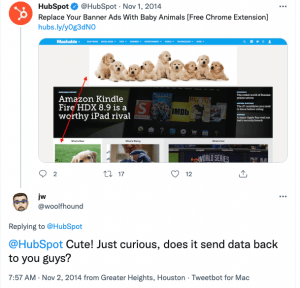
- Hubspot launched a cheeky Chrome extension to replace your banner ads with pictures of baby animals! Brilliant work. (Sorry guys. No longer available. They were criticized for collecting data from the experiment
- AdAge has reported that 23% of ads bought on automated exchanges are served to mis-represented urls. This so-called “url masking” is another type of fraud “plaguing automated ad buying marketplaces” said reporter Alex Kantrowitz.
- The New York Times banners ads: “The Monster Who Ate The Web”
- The Street that does a great job of supporting the same arguments I made.
Now if you read AdAge Magazine, you’ll see articles that say banner ads are fine. Advertising isn’t broken. It just gets a bad rap. The main point is usually that their data shows they work. They usually don’t reveal the data, or refute anyone else’s data with any facts. They often use “complex analytics” and also that when they stop using banners, their agency client’s traffic plummets. Say the ad men and women. Who makes banner ads . . .
What marketers should do instead: Marketers need to shift their banner ad investments into branded content marketing experiences. Or more simply, just try creating marketing content that people actually want. We call it content marketing. But that’s all it is. Content people actually want (all sarcasm intended).
So why interrupt what your customers want, when you can be what your customers want?
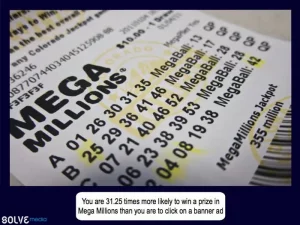 Consider the stats:
Consider the stats:
- You are 31 times more likely to win the lottery than to have someone click on your banner ad (Business Insider).
- You are 112 times more likely to complete US Navy Seal training than to have someone click on your banner ad (Business Insider).
- You are 475 times more likely to survive a plan crash than to have someone click on your banner ad (Business Insider).
- Around 31% of ad impressions can’t be viewed by users. (Comscore)
- 8% of Internet users account for 85 percent of clicks. (ComScore)
- 50% of clicks on mobile banner ads are accidental. (GoldSpot Media)
- Kraft rejects 75% to 85% of ad impressions due to fraud, quality and other issues (AdAge)
OK, Display Banners Were Never Alive
Banner ads were never really alive, so they really can’t be zombies I guess. The advertising industry itself has perpetuated the belief that display advertising works, since so many jobs and tech players depend on it, and so many businesses are looking to sell or be acquired because of it.
The media agency CEO in the article mentioned above has never seen any evidence where banner ads have worked for clients, bought programmatically or not on ad exchanges and networks. It’s hard to believe that a $10 billion industry has perhaps never contributed to an actual sale – an industry consumers wouldn’t miss at all if it disappeared – and yet is still worth so much today.
“We’ve tried to sex up something that was fundamentally broken,” said the CEO.
If consumers don’t respond or engage with display ads, what’s the point of doing it? The media agency CEO argues that the industry is making something fundamentally broken more sophisticated than it looks. And it is convincing marketers that they need to get on the display advertising bandwagon if they consider themselves to be sophisticated marketers. When in reality, the opposite is true. If marketers don’t understand what it is they are buying, they shouldn’t buy it in the first place.
Many marketers see display advertising as a key component to the success of their marketing strategy because of its high reach. But the bottom line is, in the media agency CEO’s words, the industry “fudges” the metrics to make display advertising look like it has a high ROI.
Pepsi exec Brad Jakeman has made a similar argument at the Association of National Advertisers conference last year. He feels that advertising is based on a broken model of creating “polluting” content that consumers don’t want, and advertisers and marketers know it. But they continue to do it because most marketing organizations are still using outdated measurement systems to evaluate marketing performance, and these vanity metrics show that content like banner ads works.
The media agency CEO had tried explaining this to clients. And surprisingly many of them agree that there is no evidence proving display advertising actually works, and yet they still spend money on it because it is one of the few options available when it comes to running digital campaigns.
When Big Brands Stopped Spending on Digital Ads During Covid, They Saw No Decrease in Revenue
This was one of my favorite articles of 2021, maybe in all the 2020s, (thus far). And the irony is that it was published on Forbes, who will destroy you with banner ads and pop-ups during your experience there (and Google doesn’t seem to mind, hmmm.)![]()
But the facts remain:
When P&G turned off $200 million of their digital ad spending, they saw NO CHANGE in business outcomes. When Chase reduced their programmatic reach from 400,000 sites showing its ads to 5,000 sites (a 99% decrease), they saw NO CHANGE in business outcomes. When Uber turned off $120 million of their digital ad spending meant to drive more app installs, they saw NO CHANGE in the rate of app installs. When big brands stopped spending on digital ads, nothing happened.
~ Dr. Augustine Fou
He also points to an HBR article about how eBay proved that paid search didn’t produce a single extra dollar in revenue. But you have to pay for that article. Ugh. The internet!
Smart Money Will Go To Customer-Focused Content
When asked where marketers should be spending their money on instead of display advertising, the media agency CEO suggests that we need to focus on fewer, more effective formats like digital video.
For years, I have been suggesting that marketers should stop doing banner ads and shift their investments to content marketing instead.
Smart marketers will focus their resources on creating relevant, valuable content that their target consumers actually want and need, instead of interrupting their content experiences. Whether it’s written or video content, providing real value is how you can reach, engage and convert consumers.
I think I’ll agree with Lincoln Millstein, the SVP at Hearst, the guy who created Boston.com and helped remake the NYTimes.com. He calls banner ads “the worst performing ad vehicle ever.” He continues to predict that “the smart money will go to create great stories on the Internet, using social and compelling video.” I believe there’s still hope that we will abandon this zombie marketing tactic. What about you?
What do you think? Is display advertising still a part of your marketing strategy? Try creating marketing content people actually want!
The post Why We Believe Display Advertising Is Broken (And What You Should Do Instead) appeared first on Marketing Insider Group.

